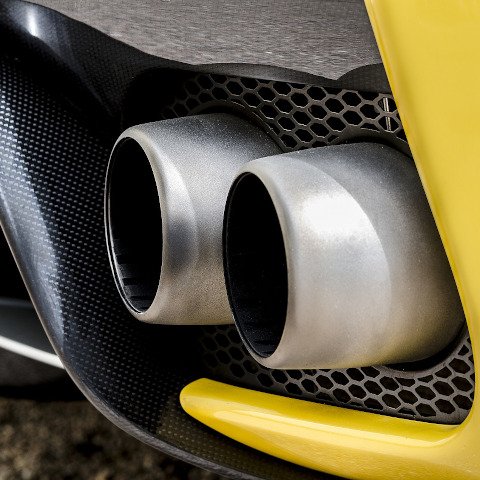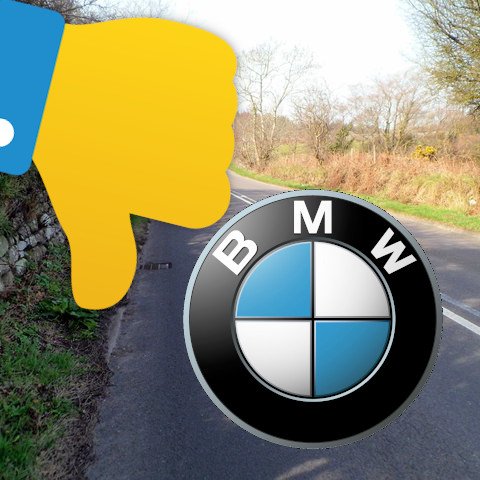
Government to bring banning of fossil fuel new car sales forward to 2035
When it was announced that the UK would be banning the sale of new cars using only internal combustion from 2040, there was only really one main reaction; outrage from motorists, and outrage from the environmentalists because 2040 was ‘unambitious’.
Scotland are (independently) looking at 2032 for the cut-off, Sweden, the Netherlands, Ireland and Denmark are set to introduce the ban in 2030, and Norway has set the date at 2025, a full 15 years before us. So when Transport Secretary Grant Shapps announced that he’d be looking to “thoroughly explore the case for bringing it forward five years”, no one was all that surprised.
It’s worth mentioning that the announcement was made at the Conservative Party conference, with no doubt an element of rabble-rousing included.

Subsidies are go(ing)
Despite all the rhetoric, just last month, Shapps admitted in an interview that the £3,500 subsidy toward buying an electric vehicle (the Plug-in Car Grant) is in danger of being stopped a little sooner than we’d like, and this means that it’s likely that the help to install a charge system will also go.
With that said, it has been announced that the government are looking to invest £400m in the public charging networks, of which £70m will fund the installation of 3,000 rapid chargers over the next five years. One could only guess at the financial model attached to it.
Shapps: “We must go further to protect our environment and improve our competitive edge. If we’re to become the world-leader in green technology, we must always be looking to expand our ambitions. The Government’s advisory committee on climate change has said that 2035 is the date to aim for”.
“Just as we rejuvenated our automotive sector in the 1980s, we’re going to work with our pioneering car sector to help them sell the next generation of vehicles around the world”.
Mike Hawes, chief executive of the Society of Motor Manufacturers and Traders (SMMT) isn’t quite as convinced as the crowd at the party conference, suggesting that the government needs to do more to incentivise people to make the switch, if they want to encourage drivers to swap over sooner.
“The car industry is committed to zero-emission transport for all, however, low and zero-emission vehicles still only make up a fraction of the market, underscoring the huge challenge of fast-tracking a shift to zero-emission transport; ambition must be matched by measures that support the industry, allowing manufacturers time to invest, innovate and sell competitively”.
“This includes long-term government commitment to incentives and investment in infrastructure to accelerate the uptake of these new technologies”.
Six electric vehicles
Back in July, we reported that the Green Alliance stated that it could only take six electric vehicles charging in the same location to cause a ‘brownout’ on the national grid, unless immediate action is taken to improve the network, a fact that seems to be missing from Shapps’ speech to the conference.
And therein lies the problem with all the chest-beating toward changing the driving habits and motive power source for all transportation; the car industry could possibly swap over much earlier, but could the infrastructure of the United Kingdom cope with the change?
It’s all very well taxing internal combustion cars to within an inch of their life, in a bid to ‘promote green transport’, but the reality is that according to sources and specialised groups such as the Green Alliance, the switch over to ‘green’ may not be dictated by the willingness of manufacturers or even the buying consumers to adopt green transport, but by the limitations set in place by outdated infrastructure.
Electric vehicles are now a viable alternative (albeit expensive) for a great many of motorists, and if you’ve made the switch to an all-electric vehicle, and it works for you, that’s great. But for the hundreds of thousands of drivers that have no viable access to a charging network, or need a range above average, or just can’t stretch to the budget needed to purchase one, then what’s next?
Of course it’s easy to point out that even at 2035, that’s still a decade and a half away, plenty of time to manage the infrastructure, but environmental groups are telling the government that significant changes need to be made by 2020, and that’s simply not happening, certainly not at scale.
We genuinely believe that electricity will revolutionise the transport world, but only when everything is in place for that to happen correctly, until then, the government should at least take some of the responsibility from the motorist and stop penalising them so harshly for driving fossil fuelled vehicles.
Should the government take some responsibility? Do you believe that electrically powered vehicles will be the saviour of motoring? Let us know in the comments.










